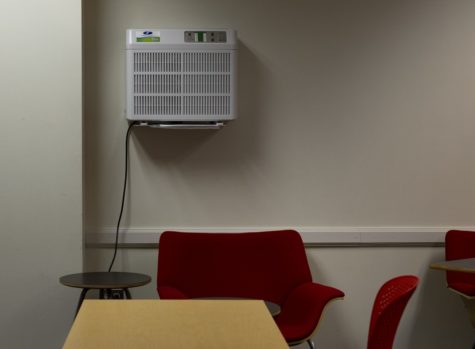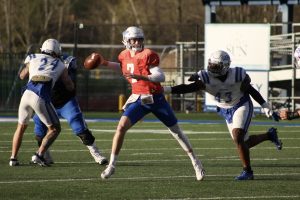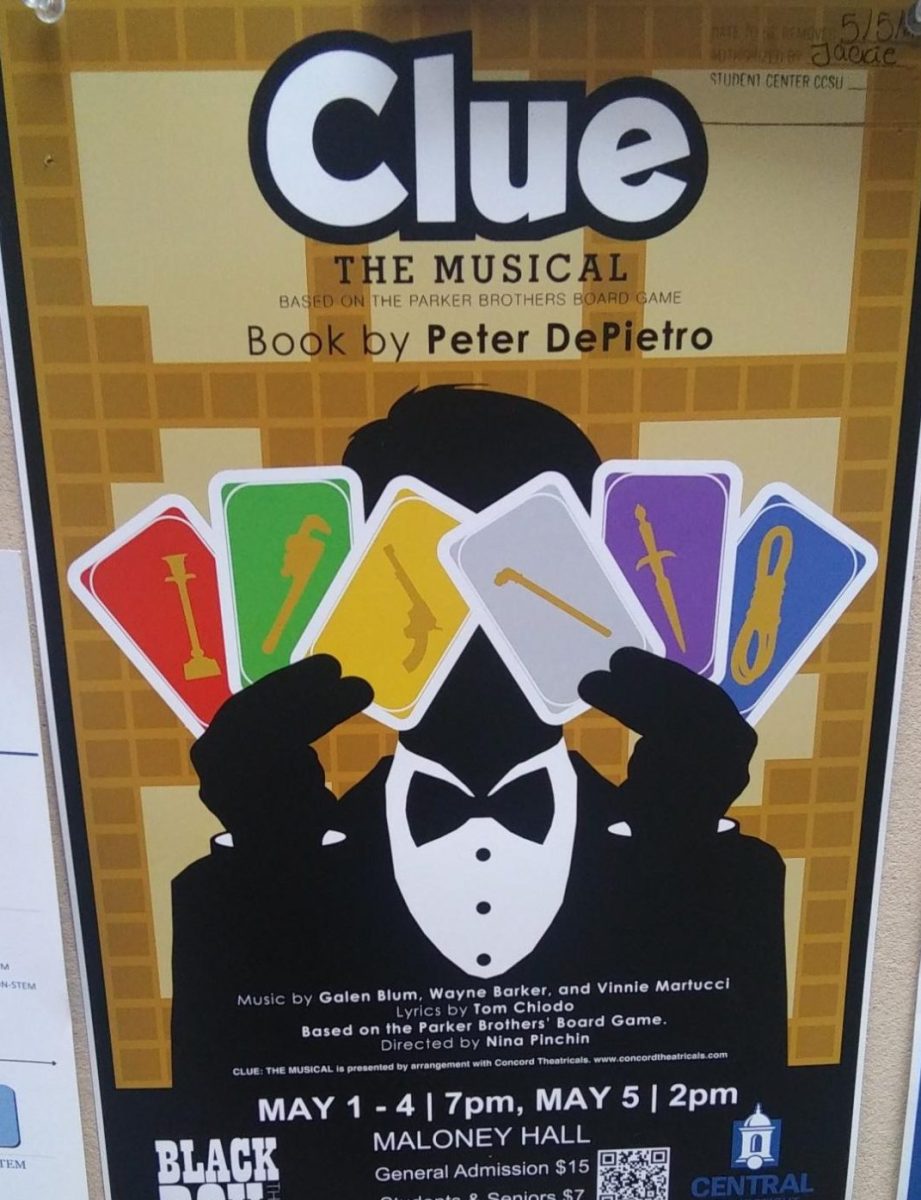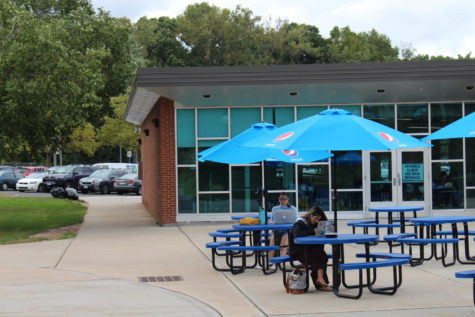CCSU Students Question Safety Despite “Conservative” COVID-19 Protocols
The lower level of Robert C. Vance Academic Center has plastic partitions beside each computer. On April 21, the barriers remained after the mask mandate was lifted.
May 5, 2022
Two years into the coronavirus pandemic, Maeve Maltese, a senior at Central Connecticut State University, said little effort had been made to disinfect the classrooms.
“This is extremely passive and should have been done when we were in the middle of a spike in numbers,” she said. “I had no choice but to attend class on campus.”
Some CCSU students said the school’s COVID-19 guidelines had protected them, while others said they are not safe on campus.

CCSU spent $1.2 million to implement safety measures such as adding plexiglass and air purifications in classrooms, according to the university counsel’s office. The funds were reimbursed by the state using federal funds.
Maltese said the classrooms she is in are not socially distanced.
“There is about a two-foot distance between desks in library classrooms, which was the same spacing the school had before COVID,” she said.
On March 13, an informal Instagram poll of 24 students found that 71% of CCSU students who responded said they felt safe on campus and in classrooms while 29% did not.
Sal Cintorino, CCSU’s chief operations officer, said the university’s COVID response was backed up by science from the state Department of Public Health and the U.S. Centers for Disease Control and Preventions.
Everyone’s safety was paramount, he said.
“We had an in-depth amount of information from our campus community and took the science that was going on at the time to put together our mitigation plan,” he said.
Cintorino said classrooms that did not have air circulation towards the front had plexiglass.
“If teachers wanted to clear their throat or get a sip of water, they would go behind the plexiglass,” he said.
James Grupp, the director of engineering services, said CCSU listened to students’ and faculty members’ requests to ensure classroom safety.
“CCSU has been conservative in its response to COVID protocols, erring on the side of safety and health,” he said.
Grupp said CCSU had a three-foot social distance plan for the 2021-2022 academic year and tables had plexiglass when students could not be separated due to classroom size.
Senior Emily Kozon said the classrooms are socially distanced in different ways.
“The ones that may not have as much spacing have dividers between seats,” she said.
She said her class in Maria Sanford Hall has a plastic divider for the professor, but students are not distanced.
Interim Provost Kimberly Kostelis said she had received positive feedback on safety in the classrooms.
“All the classrooms were redone and focused on safety,” she said. Julia Conant, a senior, said she would still wear her mask even though the mandate was lifted on April 4.
“Even though I am vaccinated and have received the booster, I don’t trust every student at Central to be as cautious as they should be,” she said.
Conant said the classrooms are not spaced out enough. She said she constantly shifts her body to let students walk through the aisle.
Henry D. Altman, the university architect, said he followed guidelines from the CDC and the state when distancing classrooms.
“We looked at how students move in and out of a classroom,” he said. “We also looked at how the faculty and professors use classroom space.”
Altman said some classrooms on the lower level of the Vance Academic Center have fixed furniture designed for two students per desk, so it could not be moved. In those cases, he said, “We put up plexiglass between students, so they had a physical barrier, giving them the opportunity to distance.”
Altman said classrooms in Willard-DiLoreto all initially had spaced-out chairs, but the rooms went back to their typical set-up when CCSU reverted to the three-foot plan. Despite all that was done, some students and faculty are not comfortable in classrooms, Kostelis said.
“Regardless of what we could have done, they still would not have felt safe,’’ she said.
Madeline Wilson, Logan Zdun, and Kristin Rose contributed to this article.










